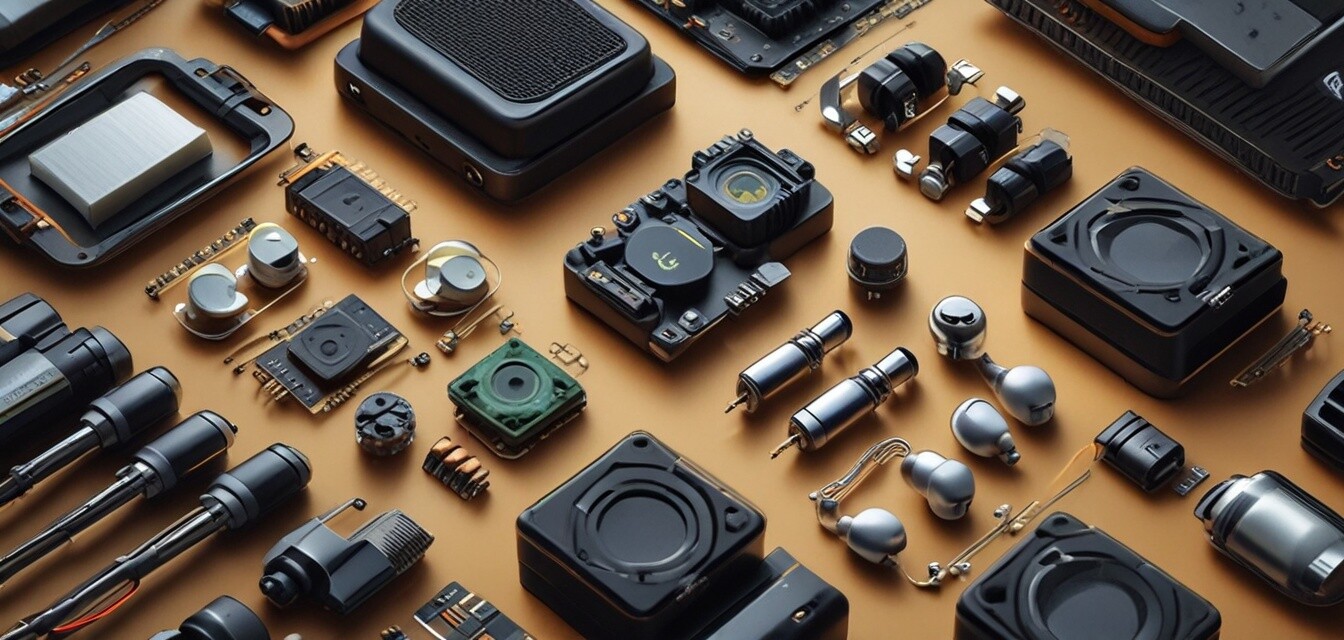
The Role of Component Quality in Earbuds
Key Takeaways
- The type of drivers directly impacts sound performance.
- Material quality affects durability and sound reproduction.
- Proper insulation and wiring determine overall sound clarity.
- High-quality materials help in passive noise isolation.
- Choosing the right earbuds can enhance your listening experience significantly.
In the world of audio, the quality of components in earbuds cannot be overstated. As audiophiles and music enthusiasts, understanding how these components interact helps you make informed decisions when choosing the right pair.
Understanding the Components
Every earbud consists of various components that work together to produce sound. Here’s a look at the key components that affect both sound quality and durability:
| Component | Role in Sound Quality | Impact on Durability |
|---|---|---|
| Drivers | Convert electrical signals into sound waves | Higher quality drivers have longer lifespans |
| Diaphragm | Determines frequency response and clarity | Thinner materials may wear out faster |
| Housing | Affects sound isolation and comfort | Durable materials prevent physical damage |
| Cables | Transmits audio signals | Stronger cables resist fraying and breaking |
| Connector | Ensures stable connection to devices | High-quality connectors resist corrosion |
The Importance of Driver Quality
The driver in an earbud is one of the most critical components influencing audio quality. Essentially, drivers convert the electrical signals into audible sound. There are various types of drivers available in the market, the most common being:
- Dynamic Drivers: Known for producing deep bass and overall rich sound.
- Balanced Armature Drivers: Offer detailed sound, particularly in the mid and high frequencies.
- Planar Magnetic Drivers: Provide an exceptional soundstage and accuracy.
Choosing earbuds with the right driver type can significantly affect your entire listening experience. For more insights into earbud types, check our guide on audiophile earbuds.
Material Matters
Apart from drivers, the materials used in the construction of earbuds play a substantial role in both sound quality and longevity. Premium materials enhance sound reproduction while also providing durability, which is crucial for avid listeners. Common materials include:
| Material | Sound Quality Impact | Durability Factor |
|---|---|---|
| Metal | Reduces vibration; enhances clarity | Highly durable, less prone to damage |
| Plastic | Can introduce distortions if cheap | Less durable, can crack or break |
| Silicone | Provides comfort; offers a snug fit | Resistant to wear but may degrade over time |
Insulation and Wiring
Good insulation and high-quality wiring are essential for minimizing signal loss and improving sound quality. Poorly insulated cables can lead to sound interference and degradation. It's advisable to choose earbuds with well-shielded wiring to ensure a clean audio experience. For more on audiophile standards, you can visit our Audio Quality Insights section.
Comprehensive Sound Isolation
Quality components also play a pivotal role in passive noise isolation. Earbuds that fit well and use high-quality materials can effectively block external noise, allowing for a more immersive audio experience. Key factors include:
- The material and design of ear tips
- The overall fit and seal in the ear canal
- The soundproofing capabilities of the earbud housing
Final Thoughts
In conclusion, understanding the component quality in earbuds is crucial for any audiophile looking to make an informed purchase. The interplay between drivers, materials, insulation, and wiring forms the backbone of the audio experience. Choose wisely, and enjoy an unmatched listening experience.
Pros
- Enhanced sound quality with premium components
- Durable materials ensure longevity
- Effective noise isolation for immersive listening
- Variety of driver types for personalized sound
Cons
- Higher initial cost for quality earbuds
- Can be fragile if not handled properly
- Some materials may cause discomfort for extended use